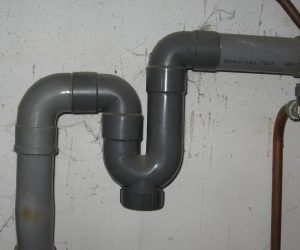The processing of powders along vacuum conveyors can bring up a number of important issues and it’s essential to deal with these effectively. One of the most important factors is to be aware of the harm to health is any of the powders were to leak out of your system. You may want to utilise a Dust Monitor from places such as mattsmonitors.co.uk/construction-dust-monitors.html to monitor the levels of dust and other airborne particles in your surrounding atmosphere.
The bulk density
You need to know the specifics of the powder, especially the bulk density. This is a crucial element for calculating what size of vacuum receiver you’ll need as well as that of the conveying line, which has an effect on the conveying velocity and vacuum producer.
The conveying distance
There are both vertical and horizontal factors in determining the conveying distance and you need to understand that the flow of powders is different to that of liquids. Therefore, it’s essential to limit the amount of back to back elbows in the system and vertical conveying runs shouldn’t be more than 12–15ft.
The conveying rate
The weight of the powder that is being conveyed each hour is required to calculate the conveying rate, along with whether it will be a continuous or batch process. Batch systems work differently and have an impact on the overall size.
Bulk material characteristics
The characteristics of powders can vary considerably – some are fine, flakes, cohesive, pastilles, granules or pellets, and the sizes and distribution relate to the filter assembly and receiver size.
How raw materials are received
Materials can be introduced to a vacuum conveyor system in a variety of ways, and it’s important to understand how they are introduced in order to minimise dust production.
The upstream process
The upstream process that introduces the materials has an effect on the design of a vacuum conveyor. The frequency (continuous or batch) will also impact on the conveying process and the behaviour of the material.
Headroom requirements
When retrofitting equipment, headroom height is a crucial factor as the factory may not have been designed with an automated system in mind.
Batch or continuous process
You need to clarify whether you are working with a batch or continuous process and how this is conveyed and discharged.
Atmospheric conditions
There are certain atmospheric conditions that can impact on the conveying process, such as a high altitude, humidity or temperature.
Construction materials
The materials used in the construction of the system can cause functionality problems – for instance, plastics can result in contamination or static, whereas stainless steel minimises contamination and is low maintenance.


